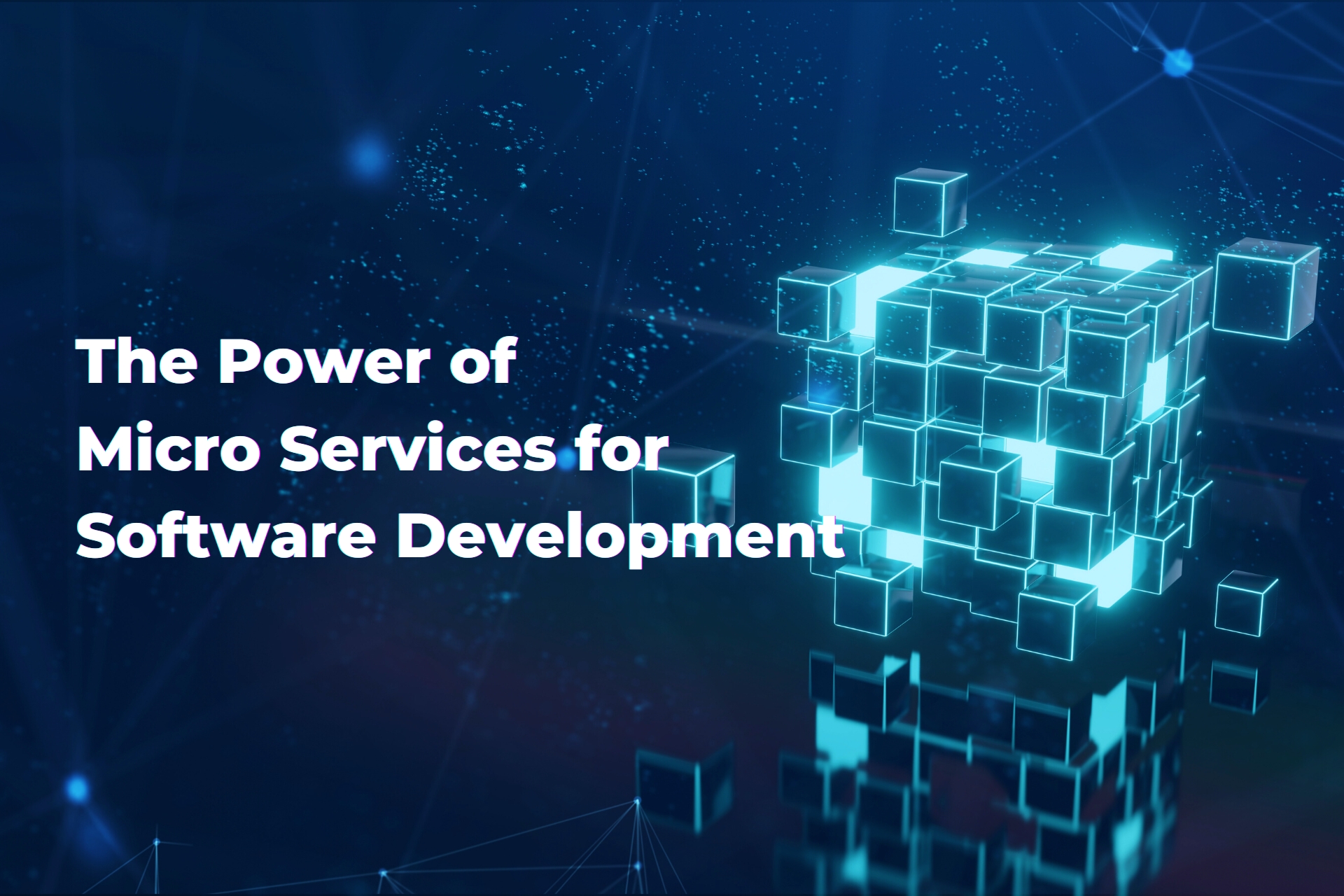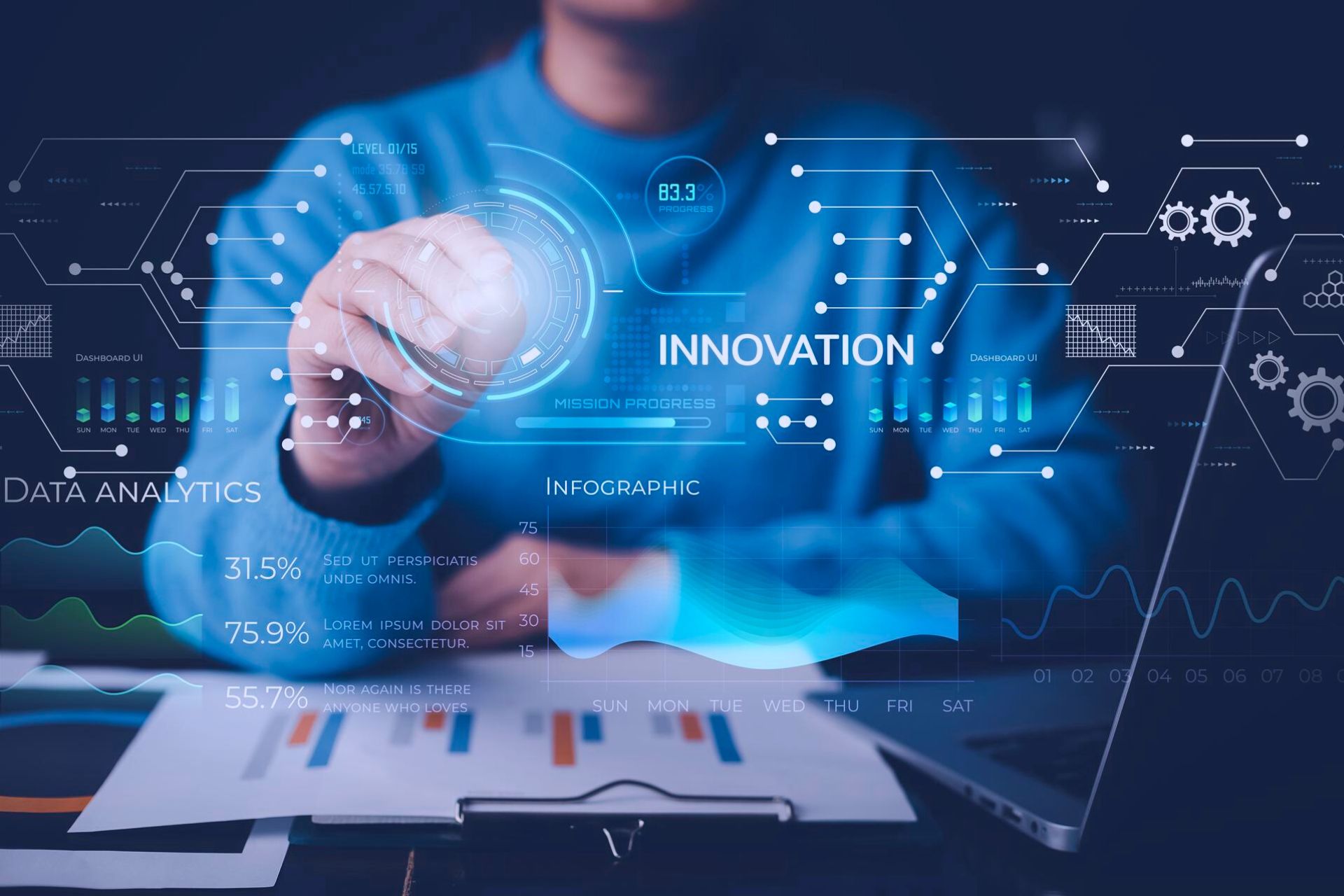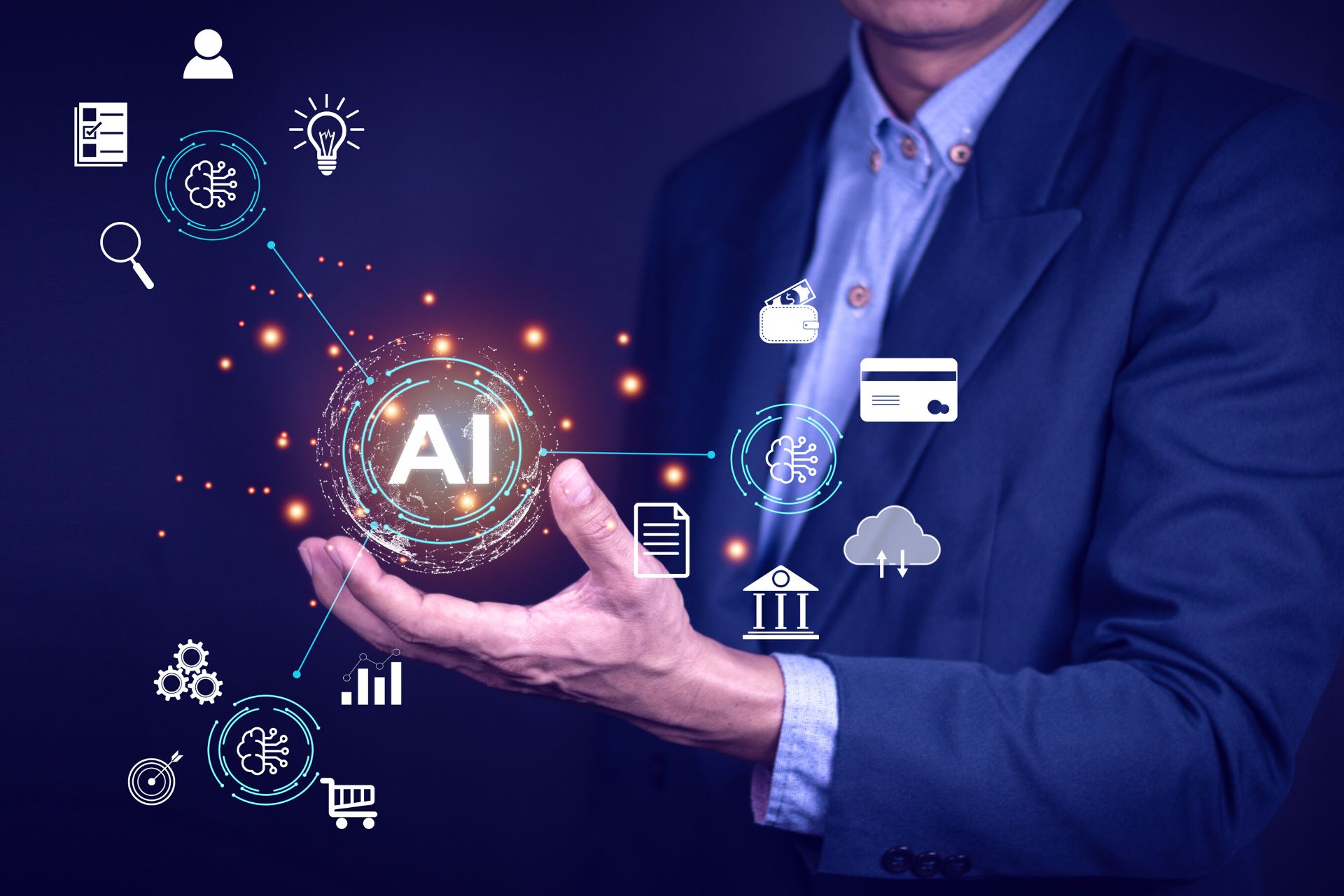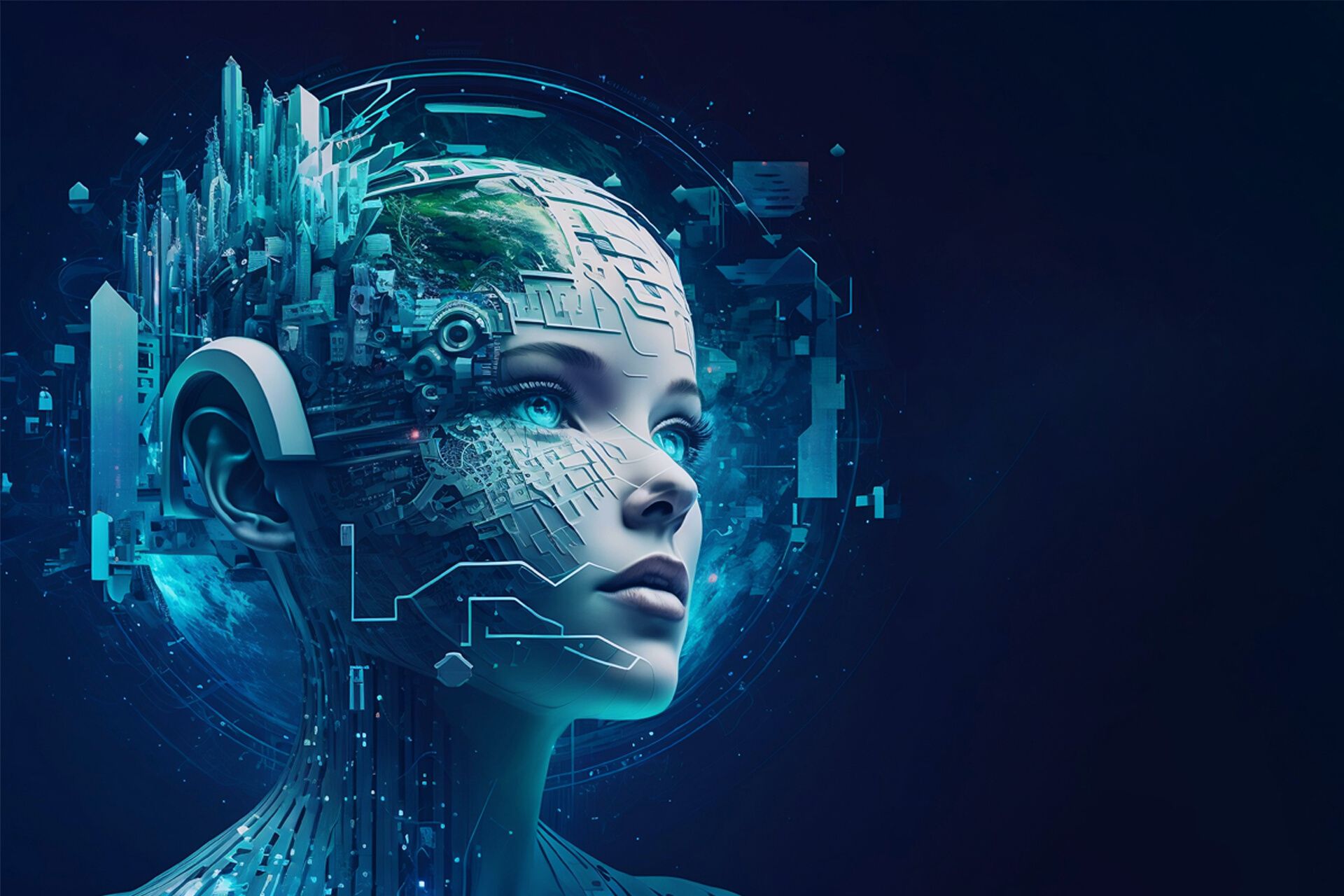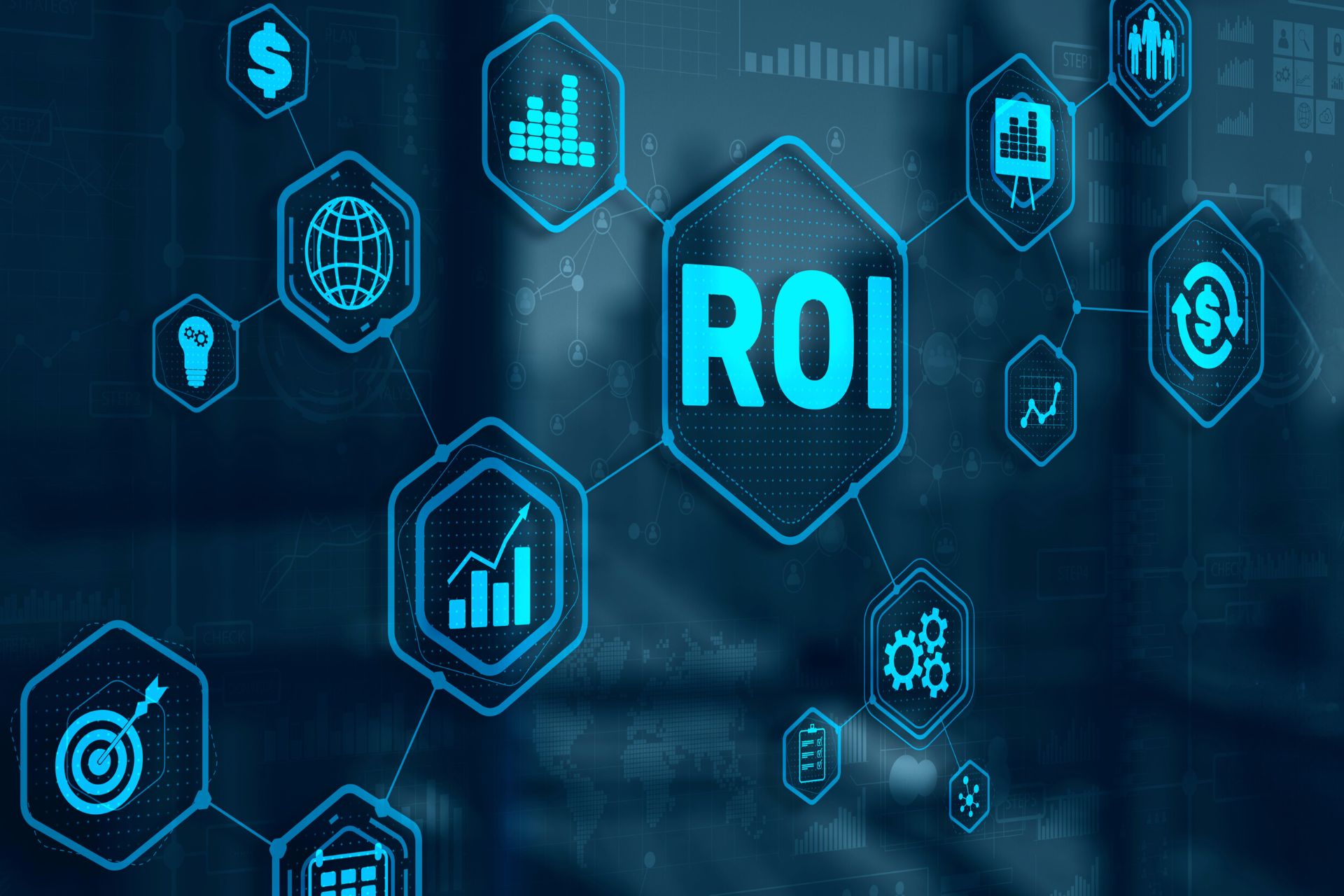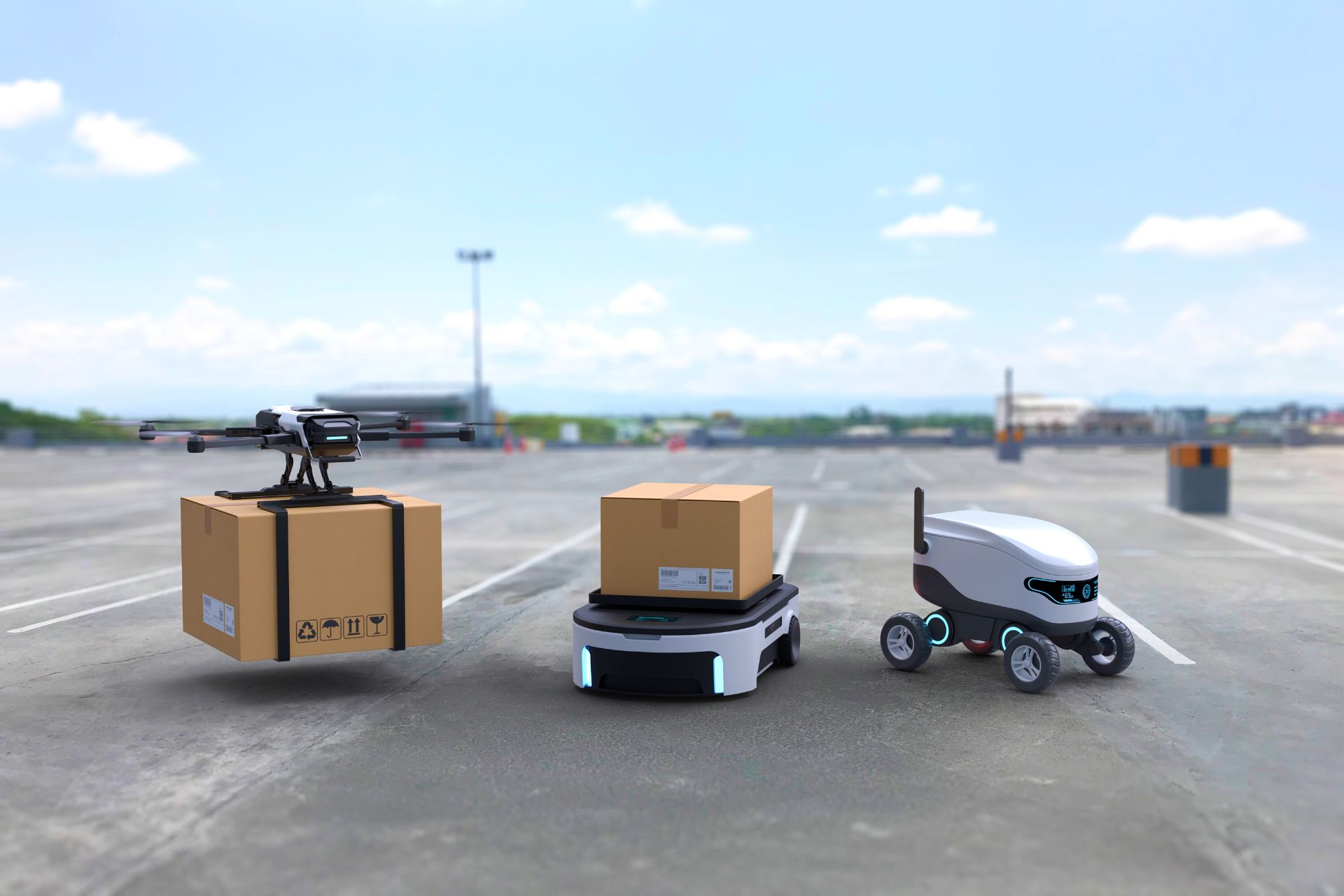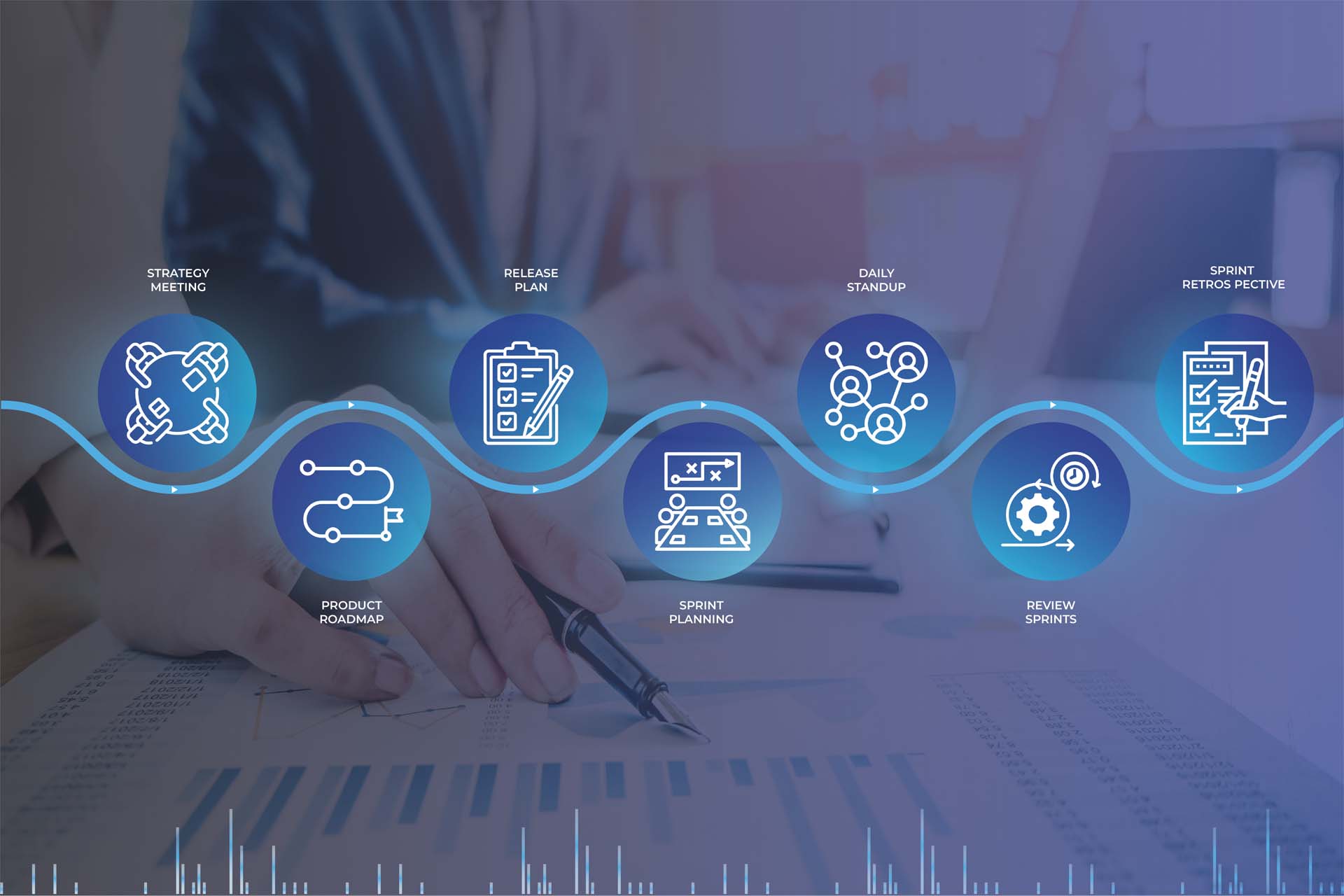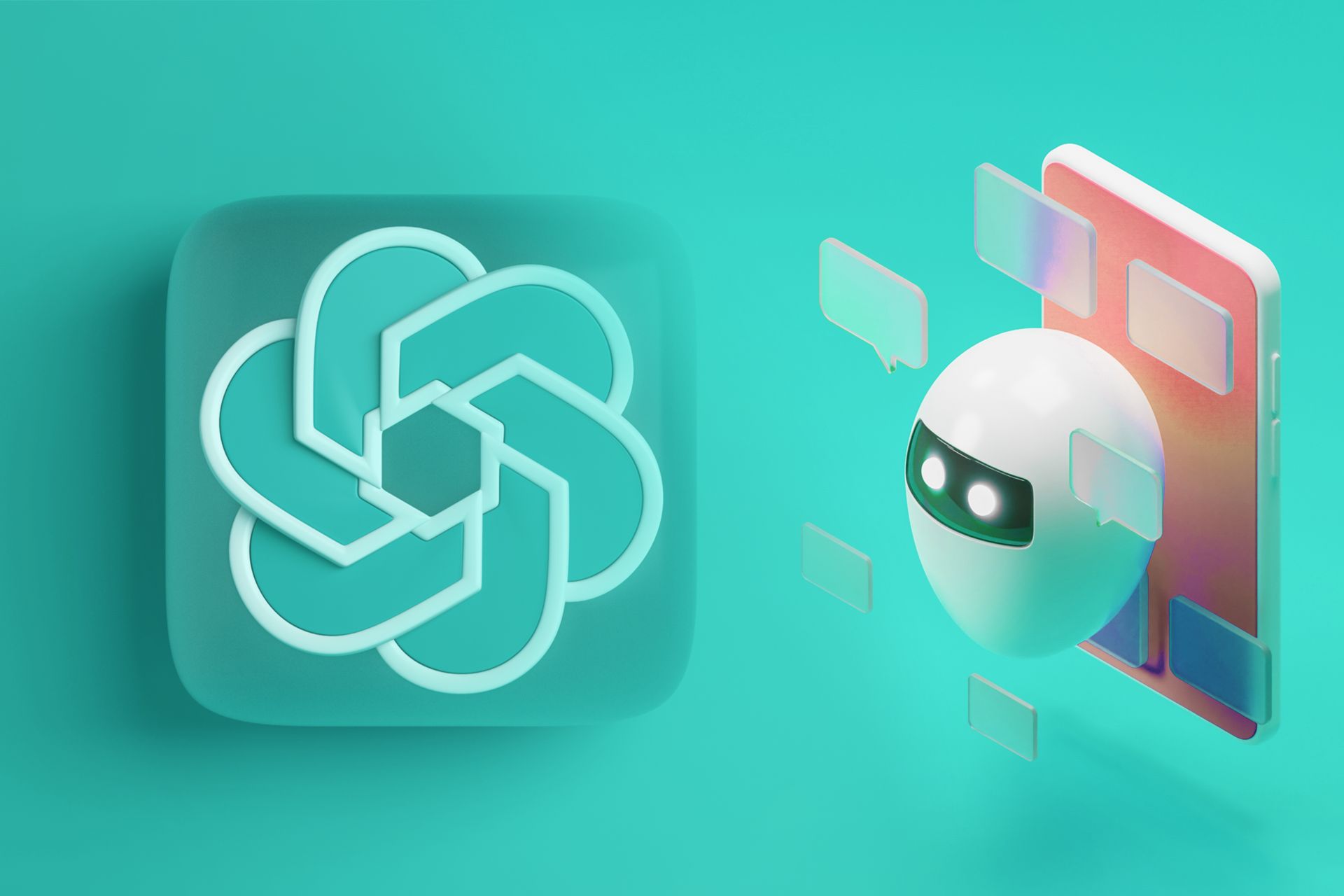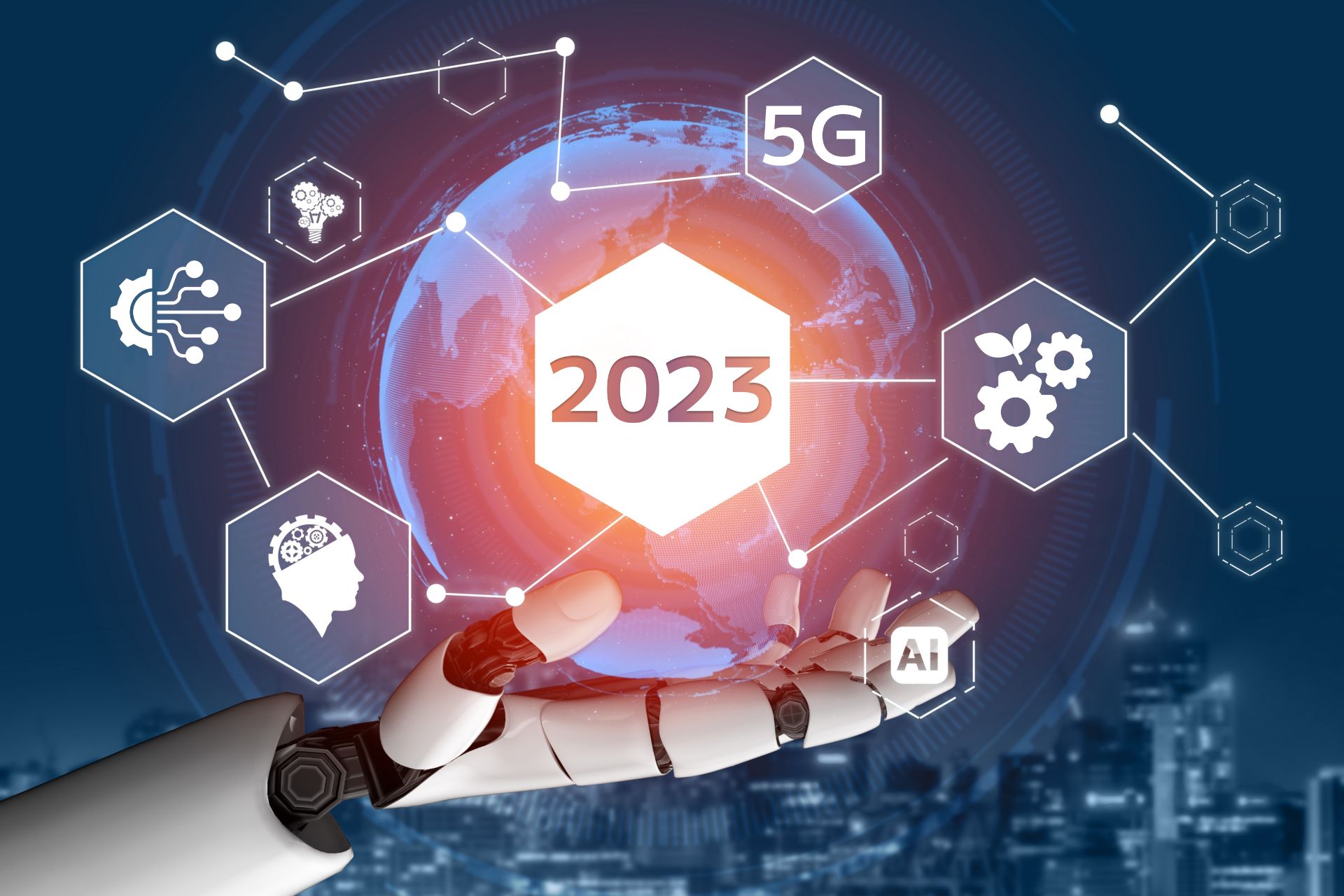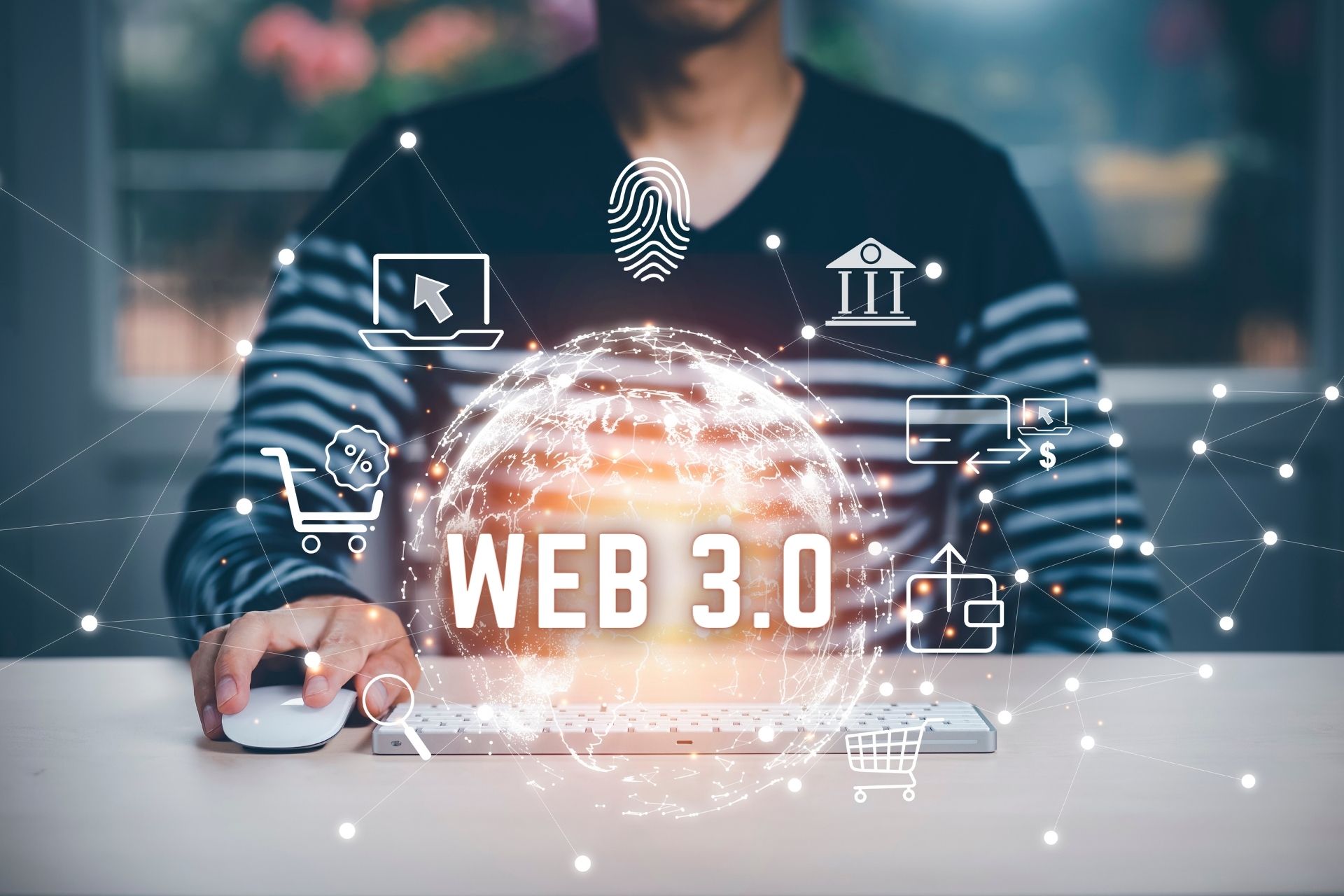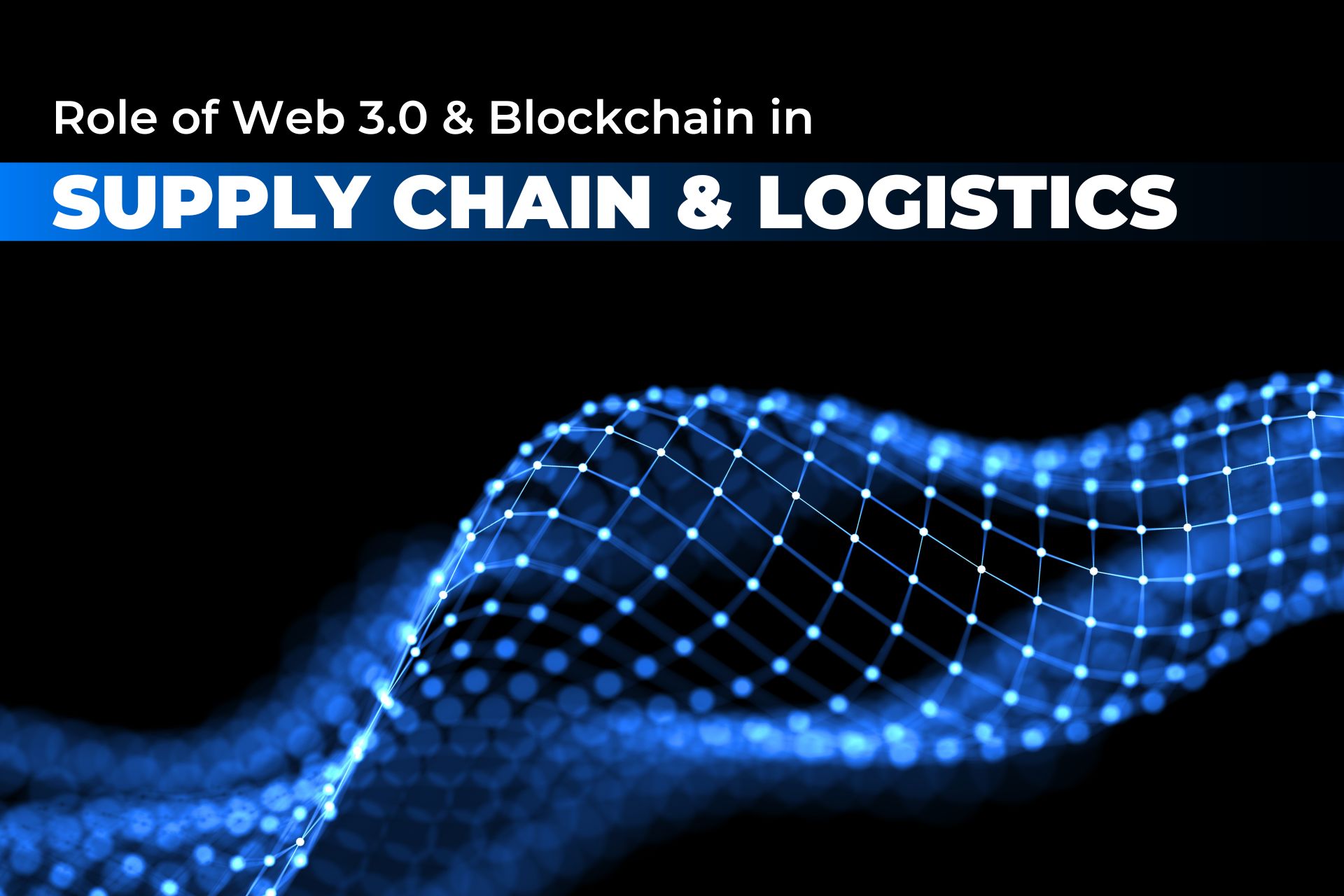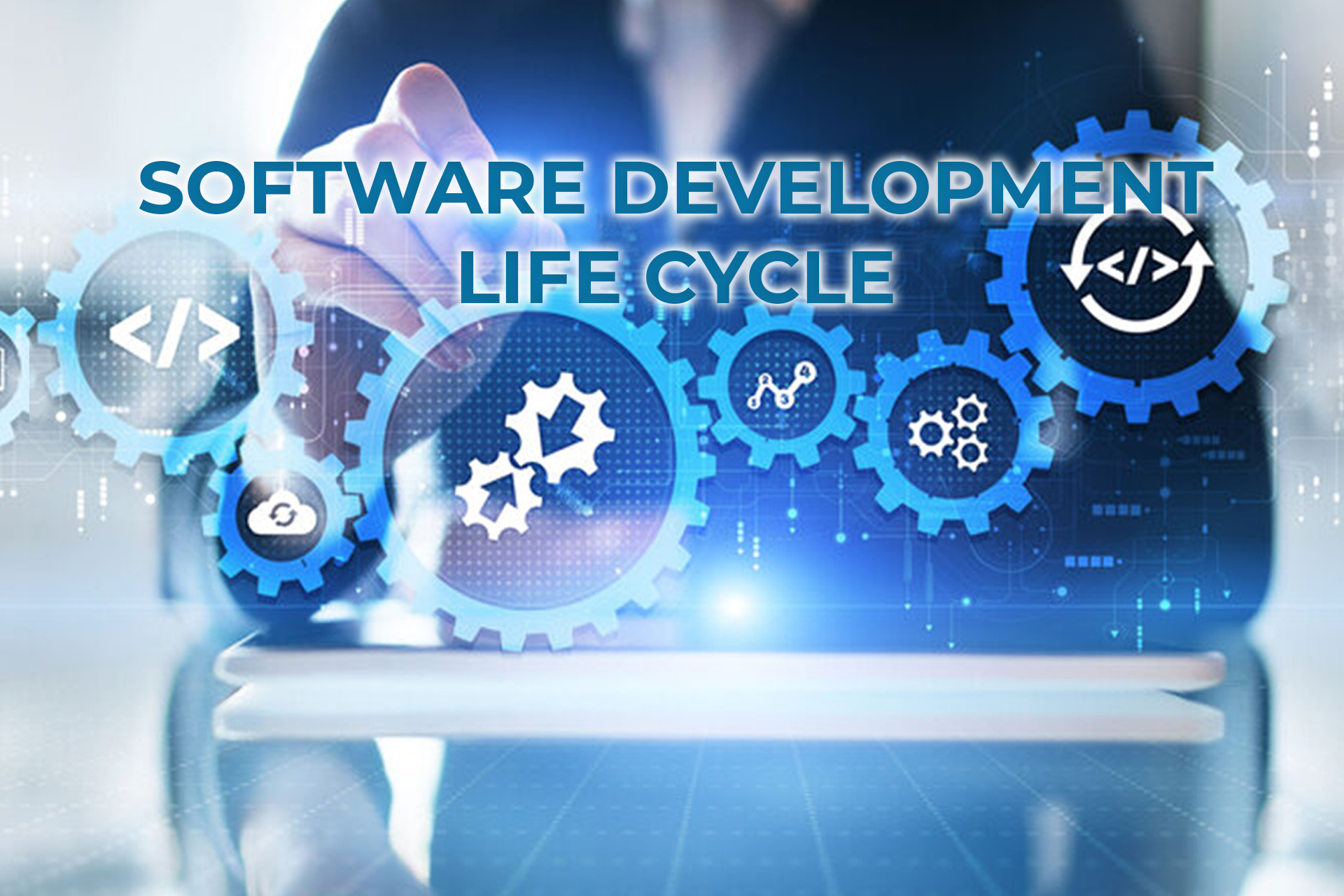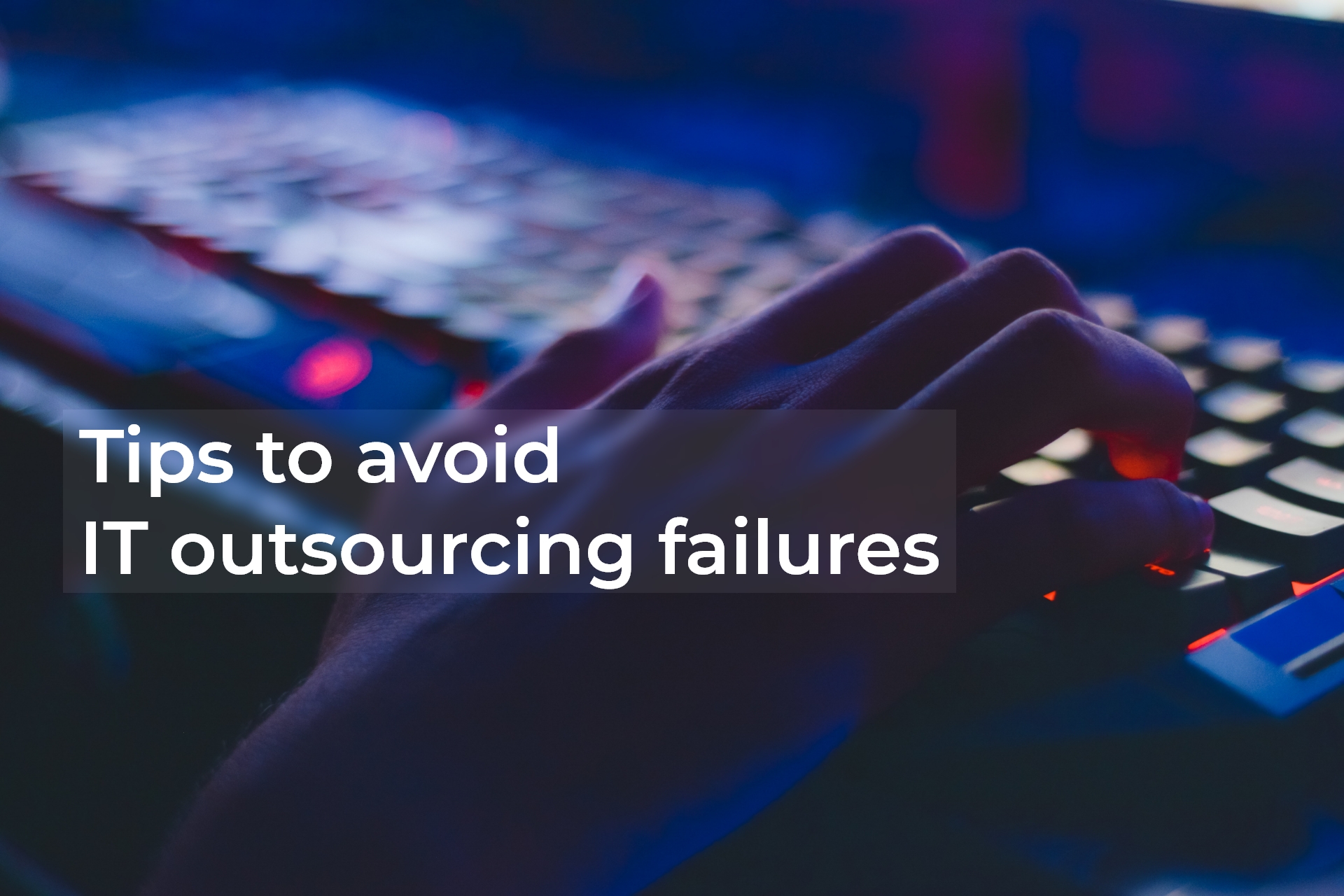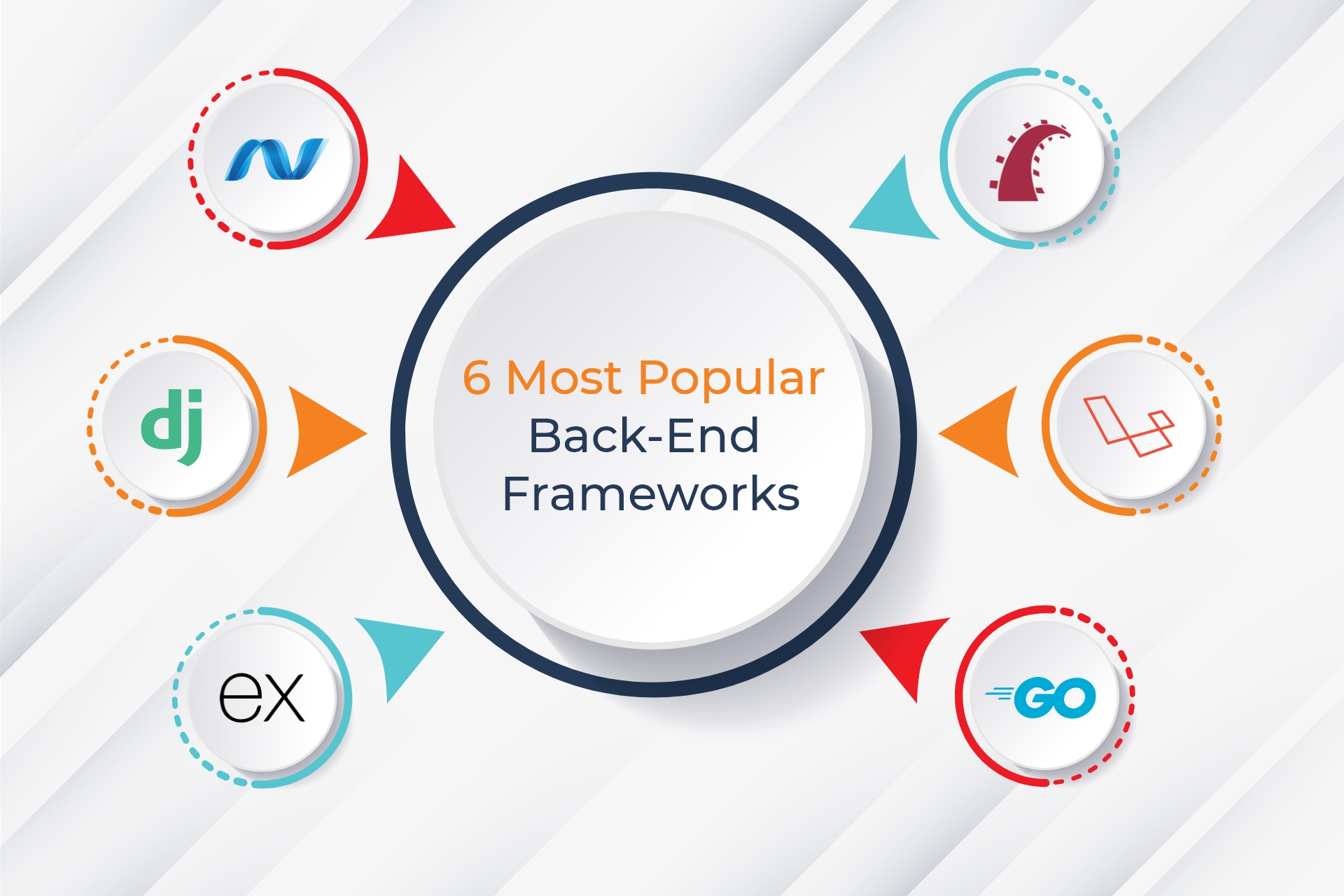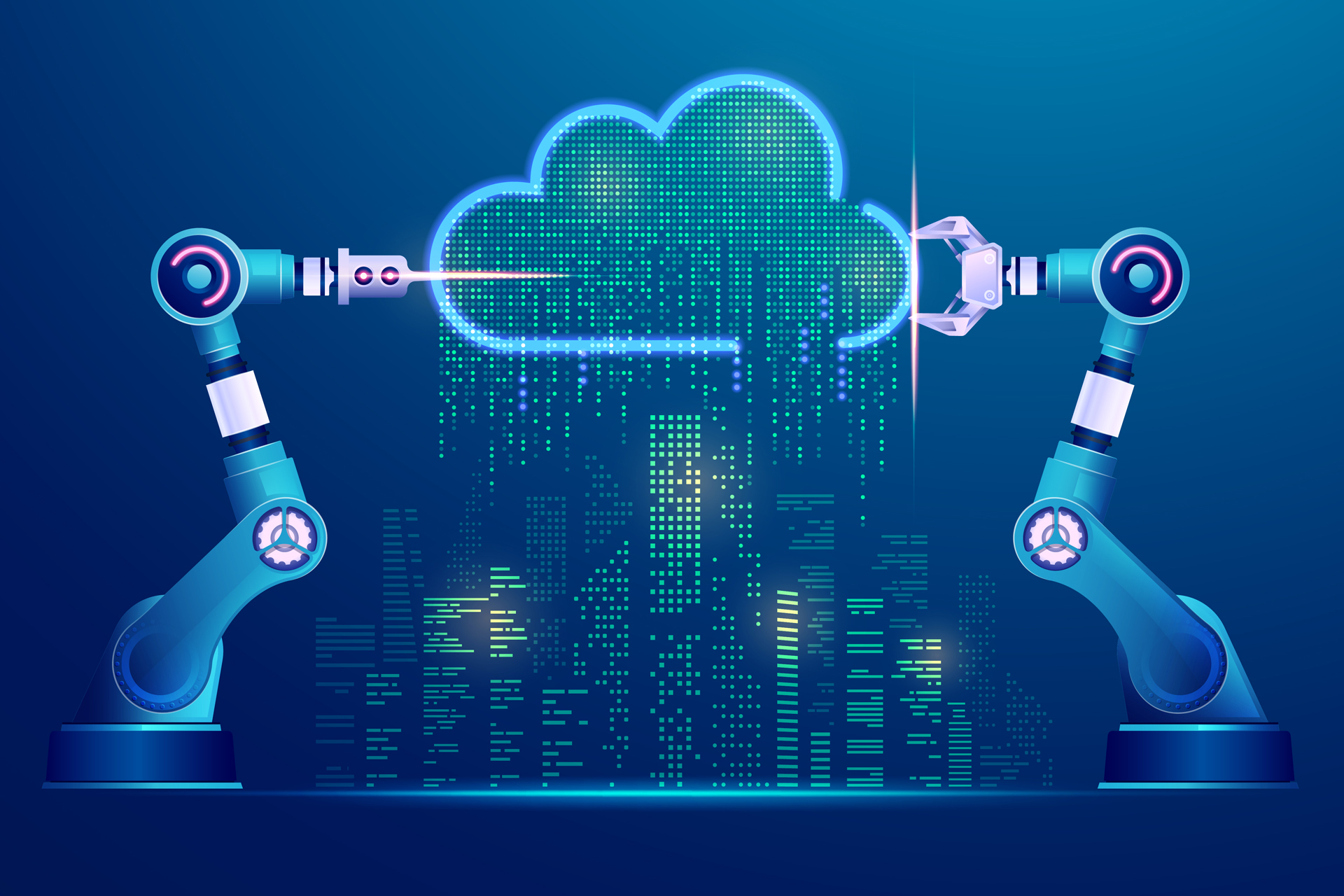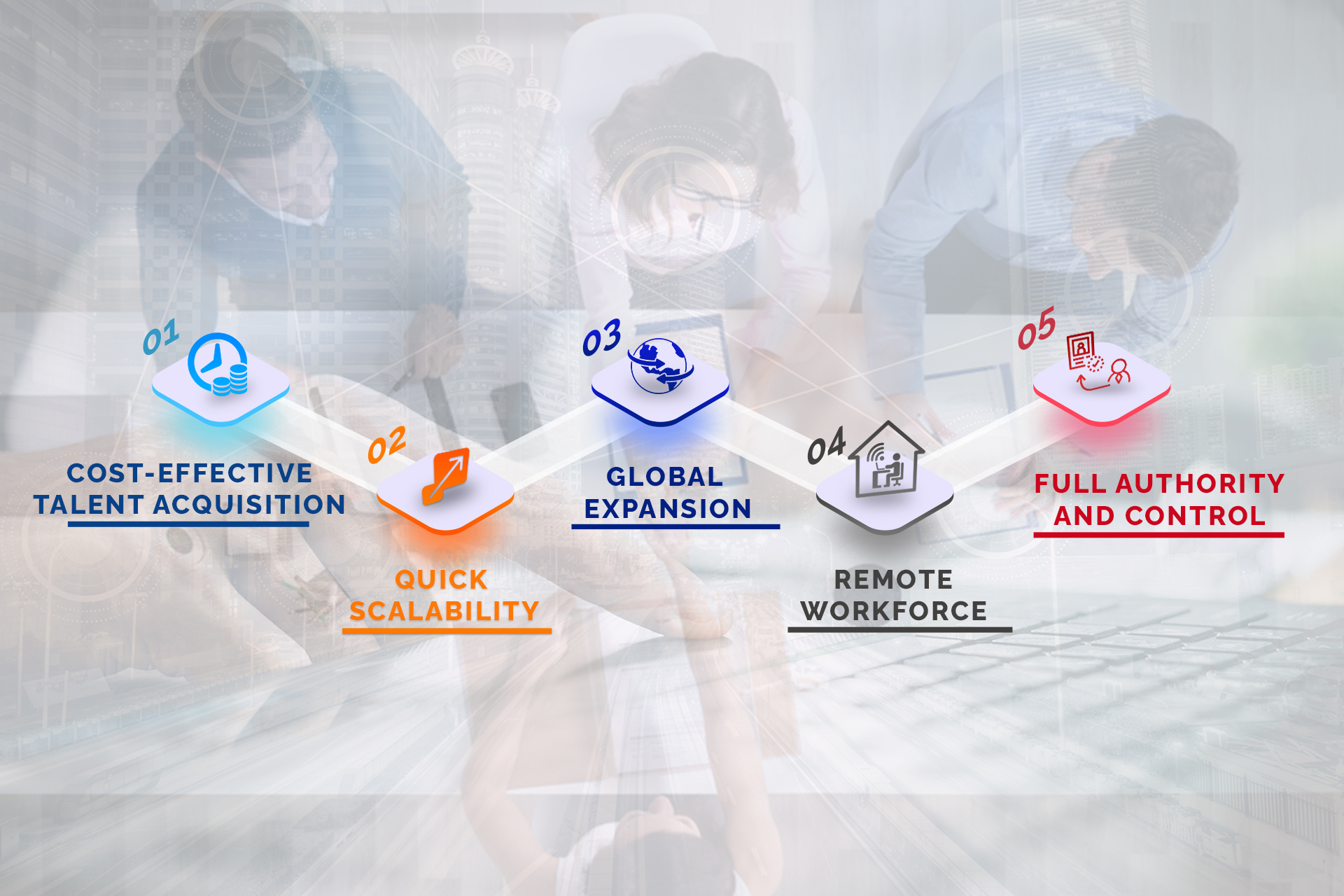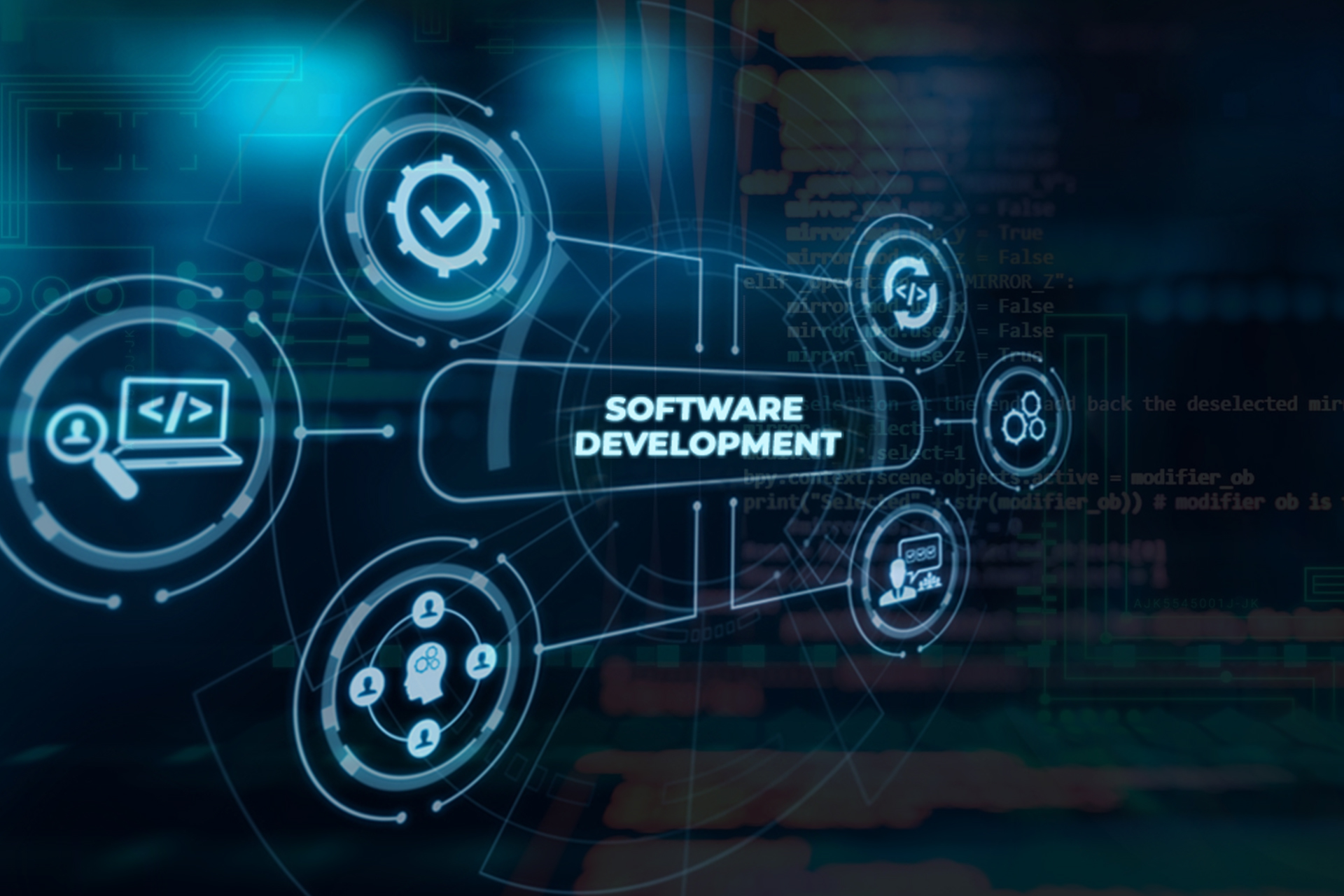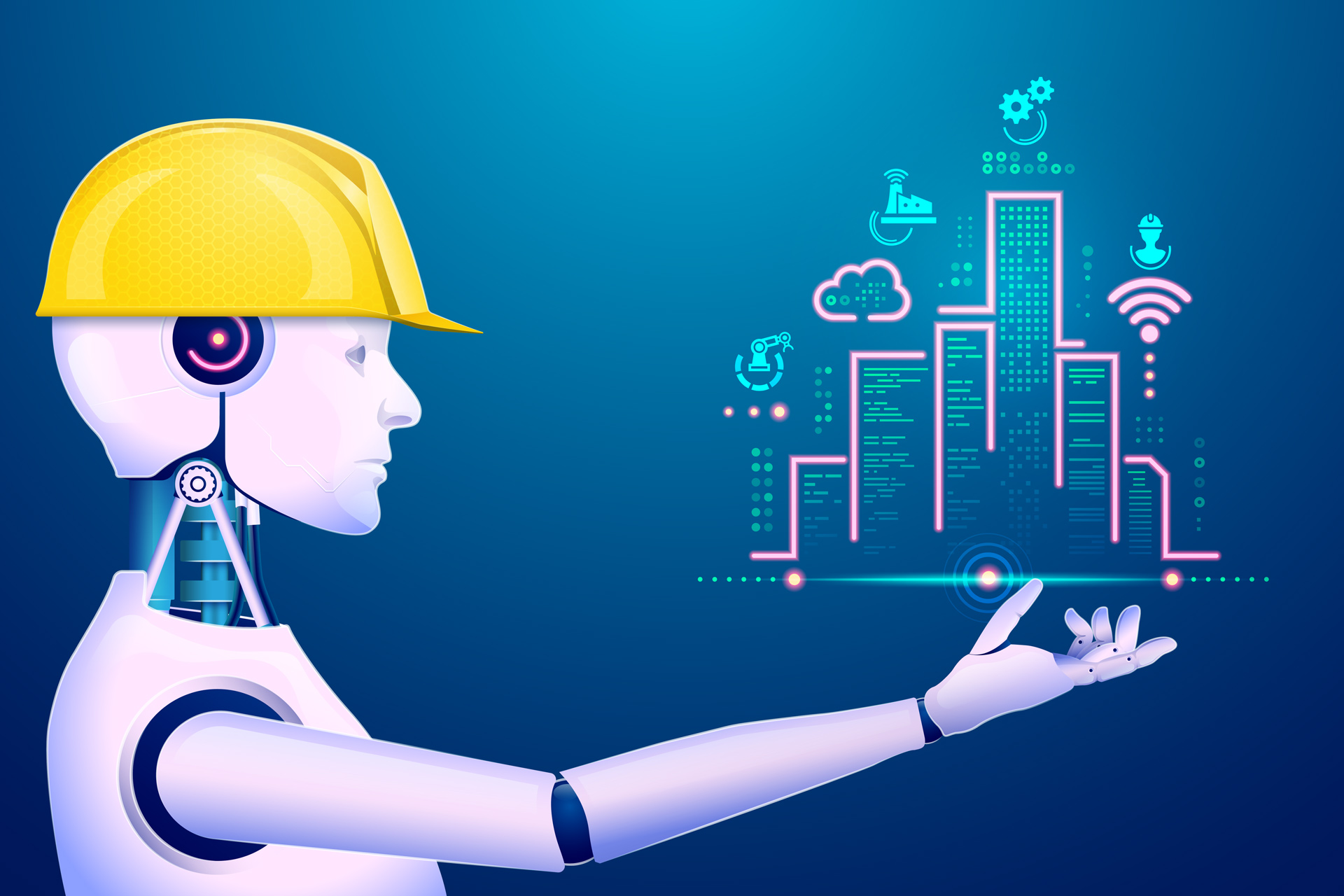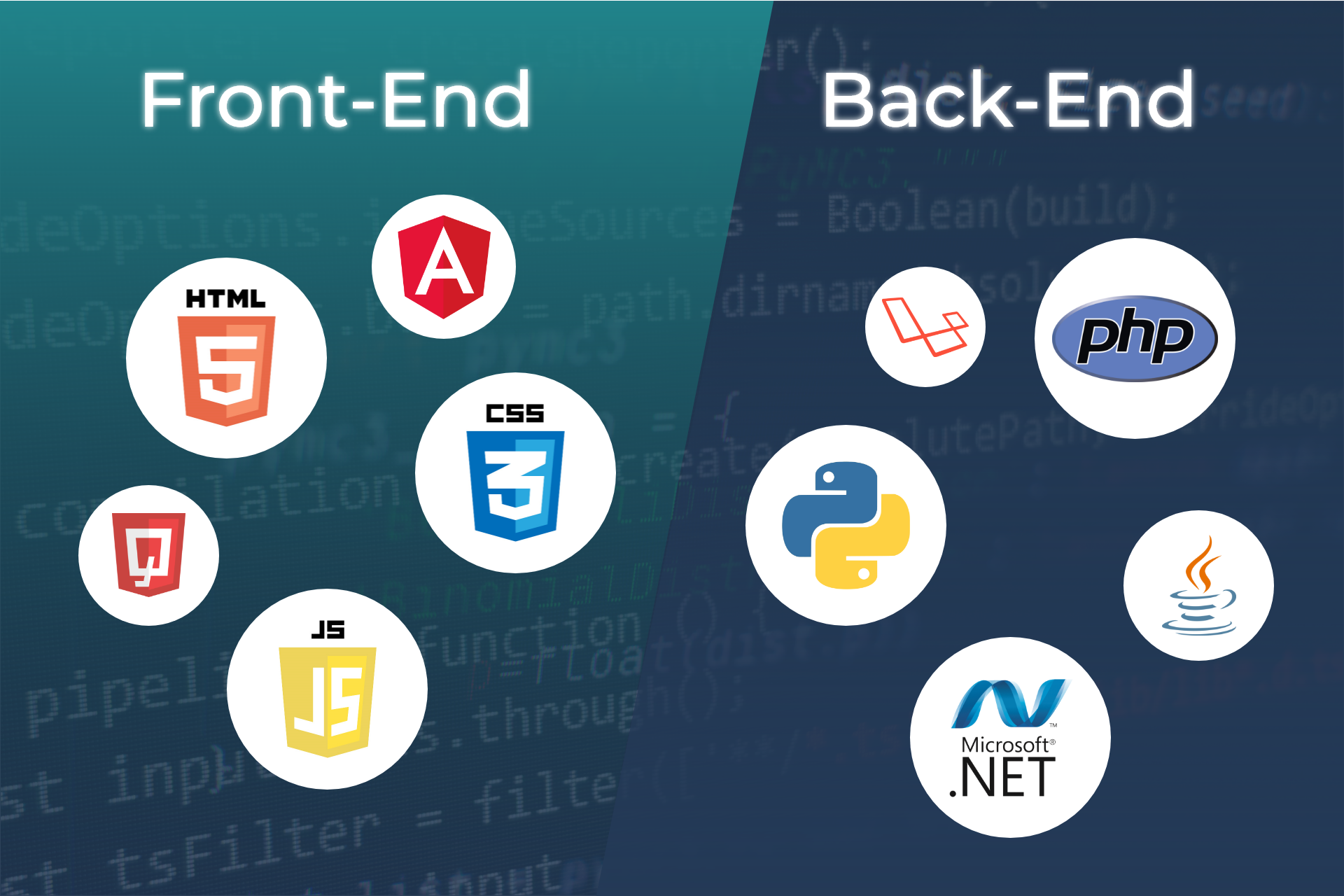Top 5 Software Development Trends to Look Out For In 2024
By Admin
"The future cannot be predicted, but futures can be invented."
- Dennis Gabor
Nobel Laureate, Physics
The software development industry has been one of the few industries which has seen tremendous growth over the past half-century, withstanding all the odds of economic downturns. The graph of growth remains upward for the tech industry in the coming year and decade.
Let's find out what are the latest trends in the software development industry that are going to shape 2024 and the years beyond.
Here are the top 5 Emerging Trends in Software Development To Look Out For
Web Assembly will gain momentum:
Web Assembly (Wasm) could become the next big thing in software development in a few years. In simple words, it is a technology that will help software developers code once and deploy it on any CPU or device simultaneously with almost zero additional configuration required.
It's a next-generation web development platform which enables developers to build high-speed and highly efficient web apps in the language of their choice and preference. As a result, developers can now utilise Web Assembly to write browser-based, performance-intensive software in any language, whether it is Rust, C/C++, Python, JavaScript, or other languages. However, the final payload can be delivered to the client in JavaScript.
Thanks to Web Assembly, developers can now perform image and video processing tasks directly in the browser. Real-time audio processing, for example, creating audio effects, synthesisers, or application of audio analysis tools, is now possible at a highly efficient rate through Web Assembly.
Other cases where Web Assembly applications will trend in 2024 and beyond are in physics simulation for games or high-speed scientific applications, secure cryptographic operations, and machine learning algorithms in the browser itself, enabling the processing of client-side data without sending it to a server.
Predictive Analytics at its Best:
Predictive analytics enabled businesses to identify patterns from a large pool of historical and current data to predict future trends and behaviours and how those predictions can be utilised to save and earn more money. It has adopters in various industries ranging from finance, healthcare, pharmaceuticals, hospitality, automotive, aerospace, manufacturing, and retail.
A research report published by The Insight Partners projects the predictive analytics market to reach $38 Billion by 2028, growing at a massive 20.4% CAGR from 2022 to 2028. The current trend in predictive analytics is seen on the front of integrating advanced analytics models with Artificial Intelligence and Machine Learning.
Imagine you can process your data and extract predictive insights into what trends will unfold in the future. You add the computational power of AI and ML into your analytics model, and not only is it faster, more efficient, and easier, but you can now take a step further and go into prescriptive analytics. Prescriptive analytics is simply adding actions to predictive analytics.
Have you ever received an email saying, “You have abandoned your cart. Can we give you an additional 10% off on the item so you can complete your purchase?” (may be in a more efficient and appealing language) Now, you can ask your software to do this prescriptive analytics for you; no humans involved at all! The software is running the experimentation of how frequently or in what manner I nudge this person so they would make the purchase. And all of this is automated! Amazing, isn’t it?
The Superpower of Quantum Computing:

Sycamore, Google’s first quantum processor created by Google’s AI division.
Quantum computing is going to be an important emerging technology in the year 2024 and beyond! The most interesting problems solved by quantum computing include chemistry problems, like in Agriculture - finding ways to increase quality produce using lesser fertilisers. Or it could use to find the optimal combination for battery development; that’s another interesting chemistry problem which requires super computational power.
We can see optimism in the air about quantum computing as the market research firm Gartner predicts that by 2025, the top 50% of banks, pharmaceutical companies and banks will be involved in ‘quantum-inspired initiatives.’ Leading organisations like Nvidia are partnering with researchers like Israel-based Quantum Machines for the development of programming software and running algorithms used in quantum physics on supercomputers built with AI chips. It’s only a matter of time until we see concrete applications of quantum computing for consumers in our daily lives.
Decentralised Web as a transformative model for data security:
One of the latest and most significant trends developing in the software industry in 2024 is the Decentralised Web, along with Blockchain technology for data privacy and security. Contrary to Centralised AI, the decision-making is distributed, relying on a consensus across various nodes instead of a singular governing body. It utilises Blockchain technology for data storage and processing, which provides heightened security, clarity, and dependability in AI systems.
In our previous blog on Decentralised AI and Data Privacy, we explored how decentralisation of data storage gives users greater control over the usage of their data and promotes trust and clarity by offering clear visibility into data and processes.
There have been serious incidents of breach of data and privacy in the past, which makes it inevitable for software developers to look out for technologies that are safe and secure. Decentralisation of AI, coupled with blockchain technology, ensures data storage is resistant to tampering.
Integration of Deep Learning Models into Software Development:
We are now entering into a new era of software development with the integration of Deep Learning Models (functional AI) with web application interfaces. As we advance towards 2024, the rapid integration of AI-generated data and artifacts into applications is on the rise, establishing unprecedented benchmarks for security, dependability, and adaptability.
Businesses can benefit from the integration of AI and ML into their applications and software by leveraging the array of benefits they offer; for instance, conversational processing enables intuitive integrations, reducing the need for in-depth training or extensive documentation for the ease of people with non-tech backgrounds.
Another interesting benefit to look out for is automated decision-making in AI platforms that facilitate swift, informed business decisions by interpreting data trends, which is ideal for sectors requiring rapid responses. On the other hand, event-driven architecture enables instant business reactions to real-time data changes, allowing for prompt responses to customer activities and market shifts.
Organisations can transform their businesses by turning the right technology and tools into strategic assets; because with time, these tools and technologies will only grow and solidify their position as being indispensable part of the modern business landscape.
What’s next for the Software Development Industry?
In 2024, software development trends are poised to be influenced primarily by the increasing reliance on cloud services and mobile technology, with data playing a pivotal role. The era of rapid processor improvements, as predicted by Moore's Law, is coming to an end, giving way to emerging technologies such as ARM architecture and innovative processors like Apple's M1 and M2. The expansion of 5G networks will bring both opportunities and challenges, enhancing connectivity yet demanding new solutions for software development.
Additionally, the shift towards cloud computing and remote collaboration continues. Decentralised technologies like Web Assembly (Wasm) and the decentralised web (Web3) are gaining traction, offering greater control over individual data and opening avenues for decentralisation.
However, while augmented reality (AR) headsets hold promise as the next significant computing platform, they face current hurdles similar to the early days of smartphones. Companies like Facebook have seen a decrease in value, and Microsoft has scaled back on AR and VR initiatives, signalling a slower adoption than anticipated. Nevertheless, the potential of quantum computing remains robust, with its implications for weather prediction, encryption, and chemistry set to revolutionise these fields.
Is your business future ready? Sure, no one wants to go extinct because they can’t cope with the evolving technology like Nokia once did! If you are all pumped up about the implementation of the right tools and technology for your business to cut down costs, save time and improve business productivity in the longer run,get In touch with us and let’s explore the ways we can help you!
Insights into
our World
A view of the ever-evolving digital world through our screens


